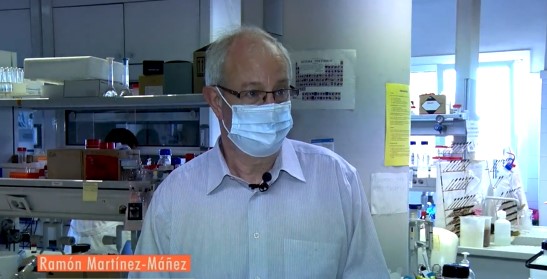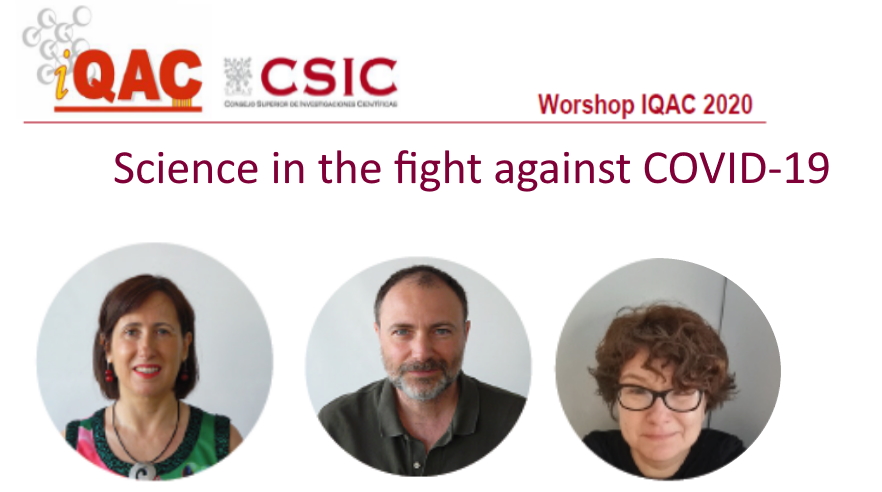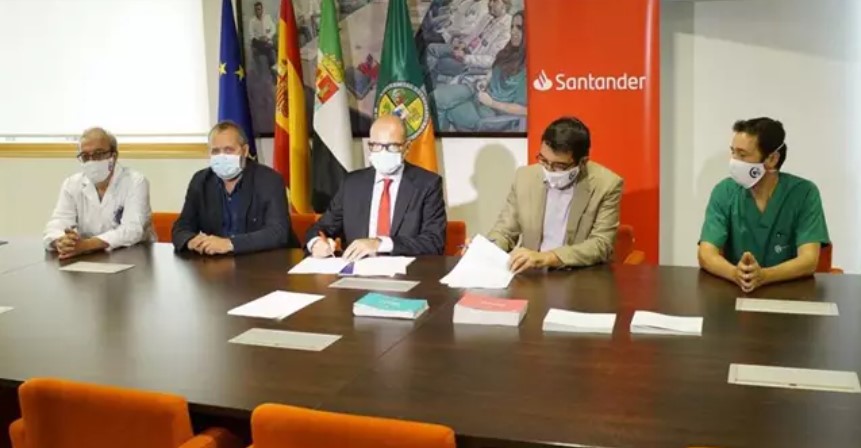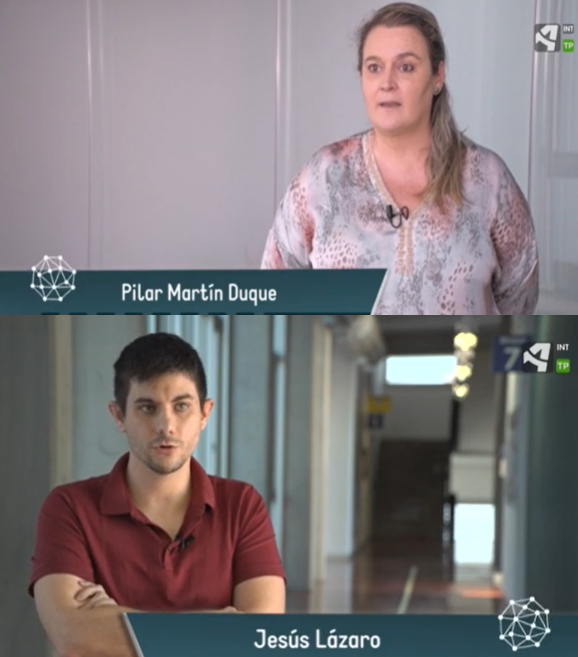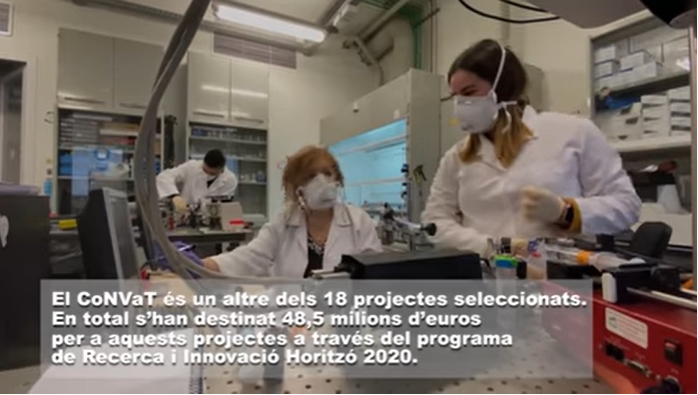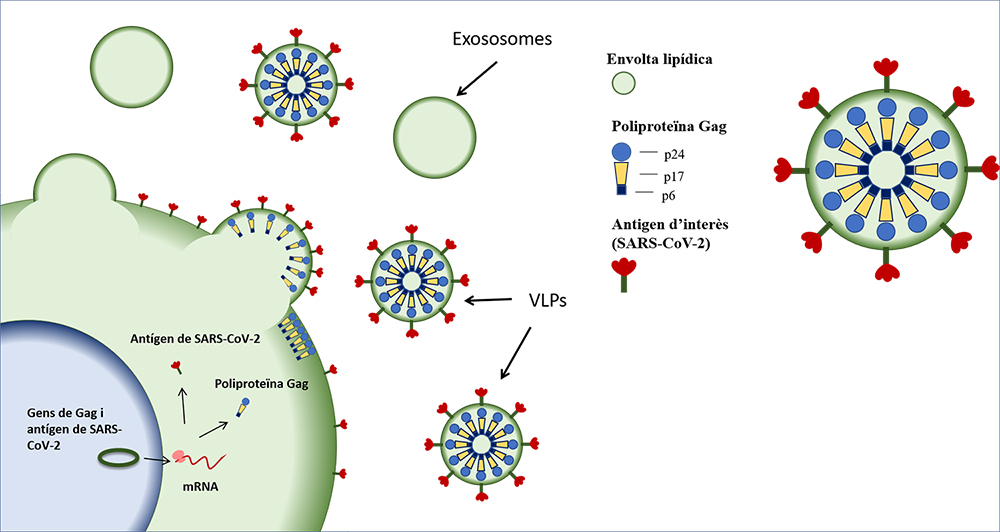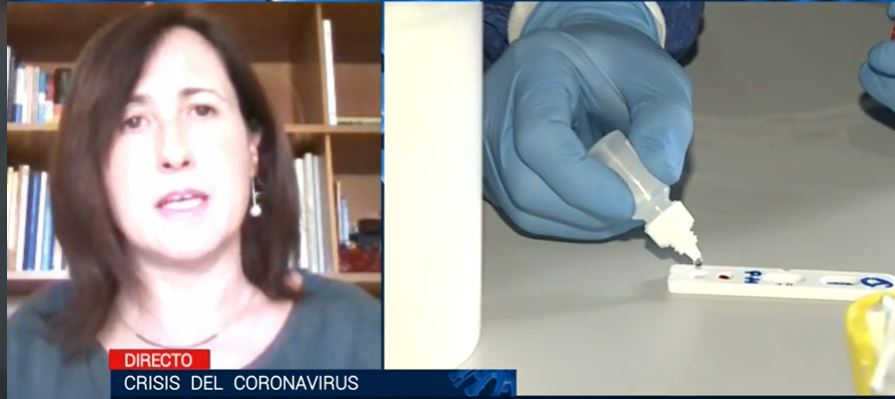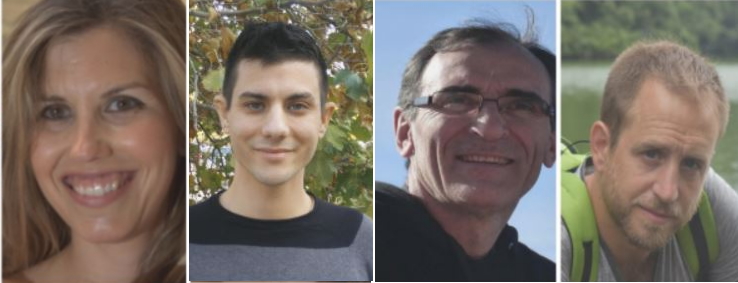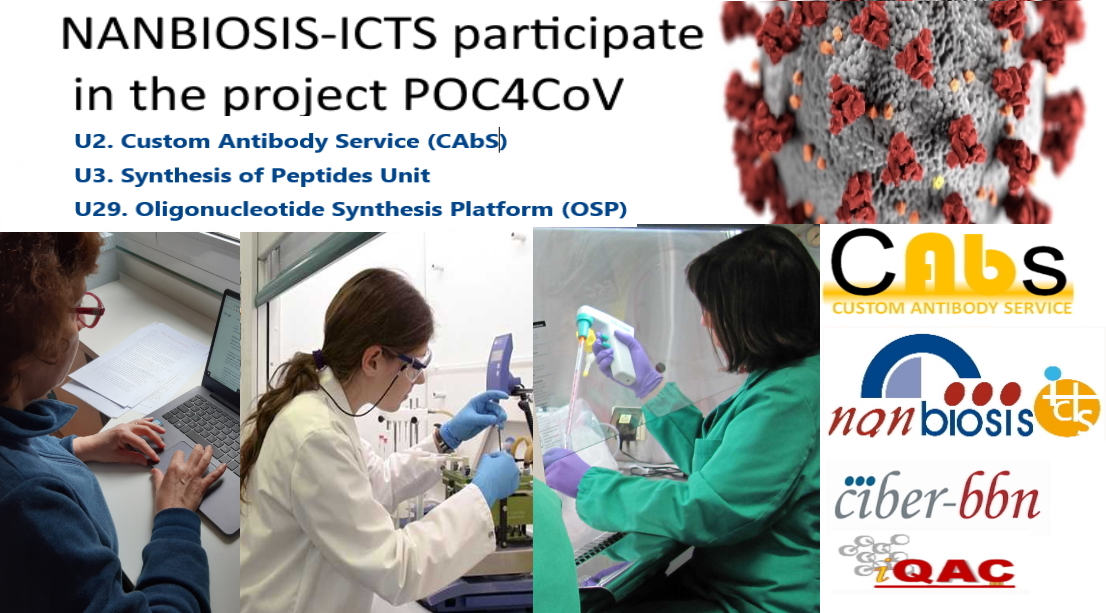COVID-19 detection system: a fast, cheap and easy to use alternative to PCR.
PCR (acronym in English for “Polymeric Chain Reaction”), is a type of diagnostic test for the detection of infectious diseases. The PCR diagnosis of COVID-19 used since the outbreak of the pandemic offers a high level of specificity and sensitivity but presents a certain degree of complexity, requiring specialized personnel and is expensive.
Researchers from Polytechnic University of Valencia (UPV), the Foundation for the Promotion of Health and Biomedical Research of the Valencian Community (FISABIO), the La Fe Health Research Institute (IIS La Fe) and the consortium Centro de Investigación Biomédica en Red de Bioengineering, Biomateriales y Nanomedicina (CIBER-BBN) has been working, during the pandemic. Within the framework of the Diacovid project, different tests have been carried out with a first prototype of a rapid point-of-care (POC) test, based on nanosystems with molecular gates, that would detect quickly, reliably and easily, SARS-CoV-2.
Ramón Martínez Máñez, Scientific Director of Nanbiosis U26 NMR: Biomedical Applications II explains the advantages of POC techniques as their ability to diagnose in sites with limited infrastructure, without specially qualified staf and without the requirement to transport the sample to a centralized facility. In addition, POC technologies are global detection tools for surveillance against possible new outbreaks in the future. Its use would allow the rapid implementation of containment measures, reduction of therapeutic response times, in situ detection and the use of a low sample volume.
